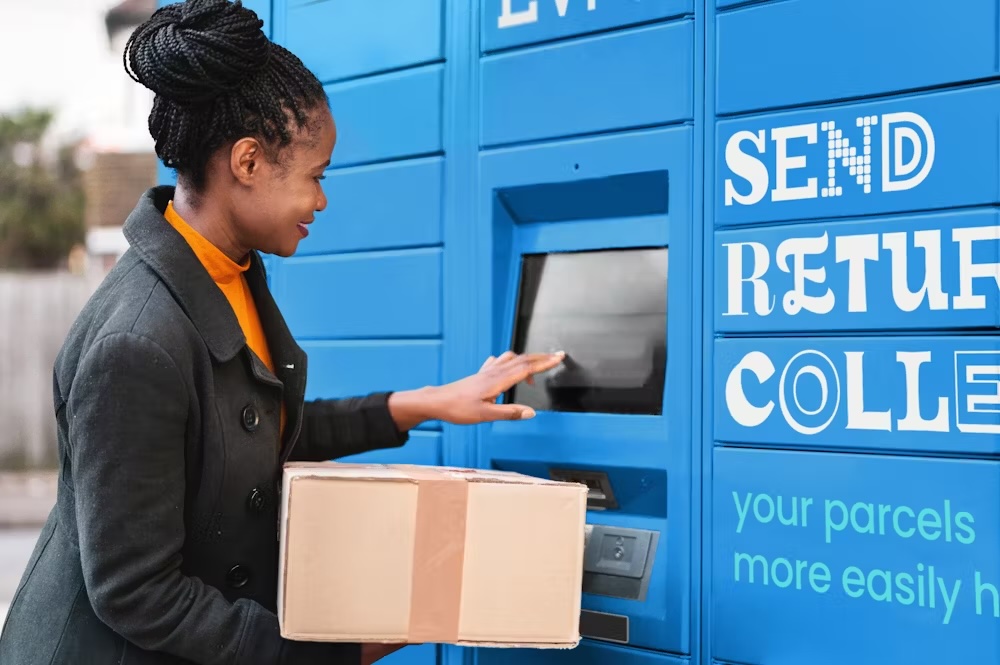Next chief executive Simon Wolfson today said the fashion retailer had taken “a fresh look at almost everything we do” in one of the most challenging years it has experienced for 25 years.
Fast changes to the way that shoppers buy had come at the same time as issues around product range, he said.
“In many ways 2017 was the most challenging year we have faced for twenty-five years,” he said. “A difficult clothing market coincided with self-inflicted product ranging errors and omissions. At the same time, the business has had to manage the costs, systems requirements and opportunities of an accelerating structural shift in spending from retail stores to online. In the end our profits were in line with the forecast we issued in January 2017 and the company goes into the coming year in good financial health.
“Whilst it has been an uncomfortable year it has also prompted us to take a fresh look at almost everything we do: from the structure of our store portfolio, the in-store experience and the generation of alternative retail revenue streams, the management of our cost base, our sourcing and buying methods, stock management and, most importantly, our online systems, marketing and fulfilment platform. As a result of these endeavours, many challenges and opportunities have emerged.”
The update came as Next, a Leading retailer in IRUK Top500 research, reported sales of £4bn in the year to January 2018, 1% down on the same time last year. Next brand sales fell by 0.6%, with in-store sales down by 7.9% and online sales up by 9.2%. UK full-price online sales grew by 8.6% and overseas by 25.5%. Pre-tax profits of £726.1m were 8.1% down on last time.
Next said that shoppers had moved spending from clothing and homewares into experiences such as entertainment, pubs and restaurants, as part of a cycle of spending that might take some time to reverse. At the same time, the cost of its clothing has risen as a result of inflation, while it admitted mistakes in its product ranges, which became focused on fashion at the expense of easier-to-wear items.
At the same time, it said: “We believe that the continuing transfer of sales from stores to online represents a permanent and profound change in the structure of our industry. Last year we saw an acceleration in the rate at which sales have transferred to online. This change is partly as a result of the improvements we have made in our online systems and marketing but it is mainly down to changing consumer preferences.”
The retailer said in 2016 that it had fallen behind best-in-class and since then has invested more heavily in systems and people, including a new data management platform, content management system, customer segmentation system and an optimisation and testing platform. All of this, it said, had improved its online capabilities, resulting in small improvements such as intelligent recommendations, faster checkout and registration as well as the launch of Next Unlimited with unlimited home deliveries for a one-off cost of £20. It said it had found that retail and online sales improved as its range recovered but that the online improvement was “much more pronounced”, and appeared to be largely thanks to improvements to its website, marketing and online services. “Interestingly, no single development made a significant difference on its own,” it said. “Each improvement made shopping with Next just a little bit easier and delivered a small increase in sales. It appears that sales have benefited more than might have been expected from the sum of the parts, as the cumulative effect of developments collecting made for a much better shopping experience.”
Setting out its strategy for the year ahead, it said it would continue to focus on range and profitable online growth while defending its retail sales and profitability and cutting costs through innovation and negotiation, such as the use of newly-introduced RFID tags in stores and changes to delivery schedules to bring them into line with the 10% fall in retail sales since 2014.. Part of that is making the most of digital in stores, through approaches such as find-in-store, launched ahead of Christmas to enable shoppers to find stock that’s not available online in their a local store, and one hour click-and-collect, set to be launched in September.
Other planned improvements to the digital experience include a new machine learning-based search engine that will learn from customer behaviour, a personalised promotions engine, and personalised home pages as well as personalised products.








